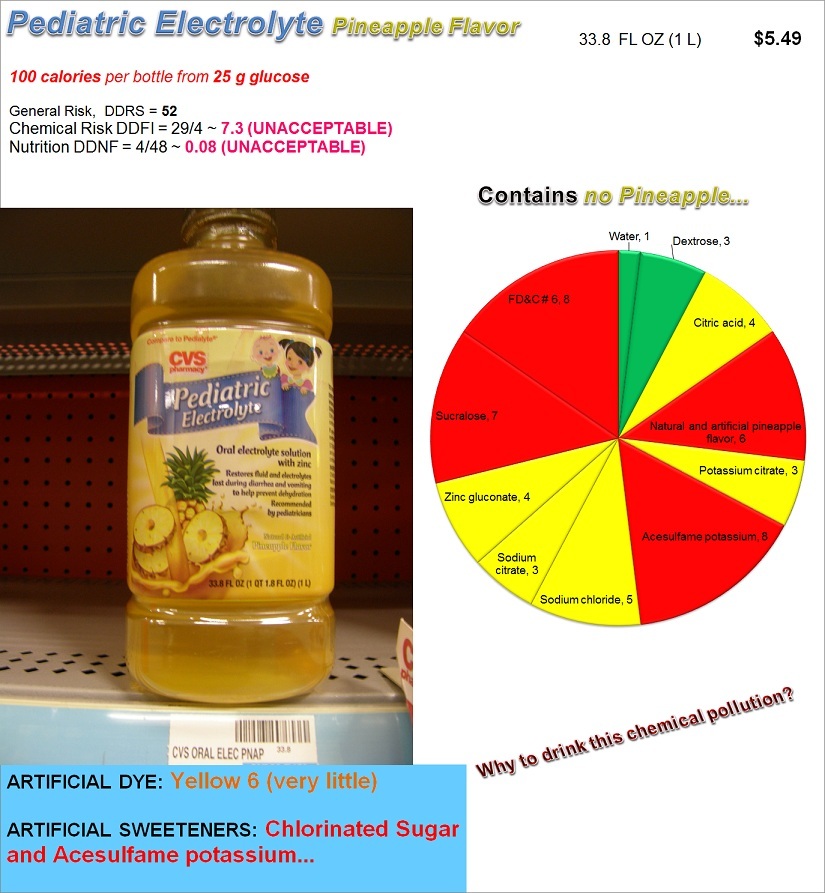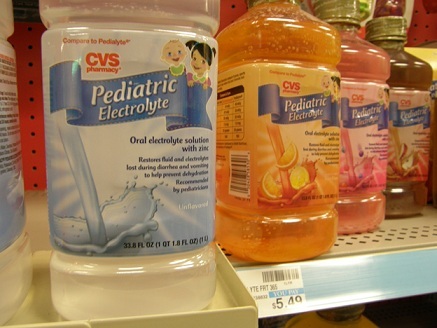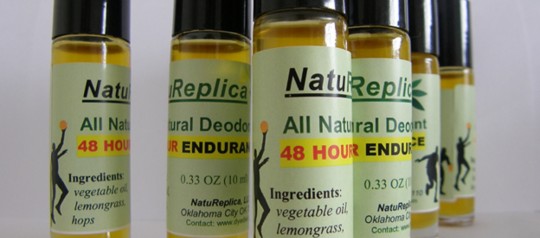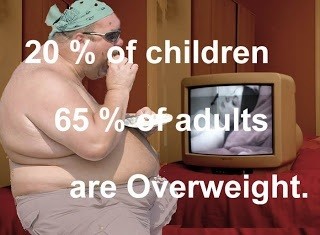Pediatric Electrolytes: Mom, what do you pay for?
Yesterday I have stopped by at a local CVS where I spotted a variety of Pediatric Electrolyte bottles. Knowing what a horrible chemical cocktail Pedialyte is I decided to check out these electrolytes designed for our children 1 year of age and older: “Child should drink 1 to 2 liters per day…” Let’s see what they offer to allow into your child’s blood in such an abundant flow. Ha! It is identical to Pedialyte fruit flavor reviewed earlier.
DyeDiet Doesn’t Buy It!
Pediatric Electrolyte Pineapple: Risk, Nutrition and Dyes
Drinking Pediatric Electrolytes will expose your child to unacceptably high health risk of DDFI = 29/4 ~ 7.3 and will provide essentially ZERO nutritional value, DDNF = 4/48 ~ 0.08. And, as usual, there is no pineapple in Pineapple Electrolyte…
Mom, what do you pay for?
So what kind of a game we are in with Pedialyte almost equal Gatorade and Pediatric Electrolyte identical to Pedialyte? Well, both electrolytes intended for children are 4-5 times the price of Gatorade fake electrolyte. Moms, what do you pay $5.50 for??
Food additives to avoid:
- Sucralose – chlorinated sugar, an artificial sweetener (see PDF file A Role for Sweet Taste Calorie Predictive Relations in Energy Regulation). Also read recent report The 4 Best, and 3 Worst, Sweeteners. Recent studies in man volunteers revealed that sucralose was excreted unchanged to some 97% within five days. While sucralose is recognized as “safe” not only by the FDA but also by the Center for Science in the Public Interest the DyeDiet disagrees on the general basis that, chemically, sucralose is still a chlorinated hydrocarbon that is completely foreign to human metabolism. Chlorinated nutrients are common for marine organisms like sponges, sea-weeds etc. but not for land mammals! Many chlorinated compounds are insecticidal and, most insecticides are known to be harmful for humans too. See an opinion about sucralose. Available data indicate that sucralose has low acute toxicity; oral rat LD50 ~ >10 g/kg; oral mouse LD 50 ~ >16 g/kg (see Section 11 of MSDS). OK with that! But who can swear to the public that regular consumption of sucralose for long years is safe? For instance, it was recently found that “Splenda” consumption in rats during the 12-week studies significantly lowered beneficial intestinal bacterial flora when pathogenic entero-bacteria were not affected. As always, the DyeDiet approach is: Why to take risks with our own life and the lives of our loved ones? However I realize that diabetic people may have no choice unless they want to try Stevia or other natural sugar substitutes instead.
- Acesulfame potassium – another sweetener foreign to human nature added to mask unnatural aftertaste of sucralose. According to the Wikipedia, “Acesulfame potassium has been shown to stimulate dose-dependent insulin secretion in rats, though no hypoglycemia was observed… Critics say acesulfame potassium has not been studied adequately and may be carcinogenic”
- Yellow 6 is an artificial food colorant, azo-dye (Dyes Matabolized to Benzidine). While its content in the Pediatric Electrolyte is rather low, why to add this chemical into baby drinks?
- Zinc gluconate – a questionable supplement. FDA does not consider it as a useful dietary supplement. On 16 June 2009 the FDA “warned consumers to stop using certain zinc-containing products because they may cause permanent loss of sense of smell.
Here is what independent doctors have to say about the artificial sweeteners:
Dr. Eliaz stays away from any diet soda or foods, sugar-free candies, and gum containing artificial sweeteners such as sucralose, aspartame, acesulfame potassium, and neotame, among others. “The safety data on these sweeteners is shrouded in controversy and conflicts of interest with the manufacturers of these chemical compounds,” Dr. Eliaz warns. “Independent research strongly suggests that when metabolized in the body, these sweeteners can cause health-related issues and problems related to metabolism and weight gain, neurological diseases, joint pain, digestive problems, headaches, depression, inflammatory bowel disease, chemical toxicity, and cancer, among others.”
And yet Pediatric Electrolyte is intended even for infants under 1 year of age, after consulting with the doctor. What kind of a punishment should it be for innocent babies to be prescribed liters of fluids containing the above strange chemicals?
Electrolyte content
Other food additives are mostly electrolytes: sodium chloride (table salt), sodium citrate, potassium citrate. Sodium content given 45 mEq = 23 x 0.045 ~ 1.0 g/bottle that is 41 % of Reference Daily Intake (RDI). Potassium content given 20 mEq = 39 x 0.020 ~ 0.78 g/bottle that is only 22% RDI. So to replenish your child’s daily potassium you will need to make your baby drink 5 bottles (!) of Pediatric Electrolyte. This does not make sense to me.
Bottom line. Among all the CVS Pediatric Electrolytes, only Unflavored version (on left in the picture) is safe for children because it does NOT contain artificial colors and artificial sweeteners.
Only Unflavored Pediatric Electrolyte is safe
But who wants to pay $5.50 for a liter of water containing table salt and as little potassium as 1/5 of the daily need? Wouldn’t it be healthier and more practical to fix raspberry tea with a pinch of salt for your child instead? Here is a list of potassium-rich foods and drinks. You may try ONE Coconut water, a true natural electrolyte too. Keep your child away from the above chemicals (red segments in the diagram) even if they were recommended by the American Academy of Pediatrics! Here is much better alternative: Rehydrating Your Child With Homemade Pedialyte.
Category: Baby food, Food Dyes Exposure, Soft drinks









Zeen?!